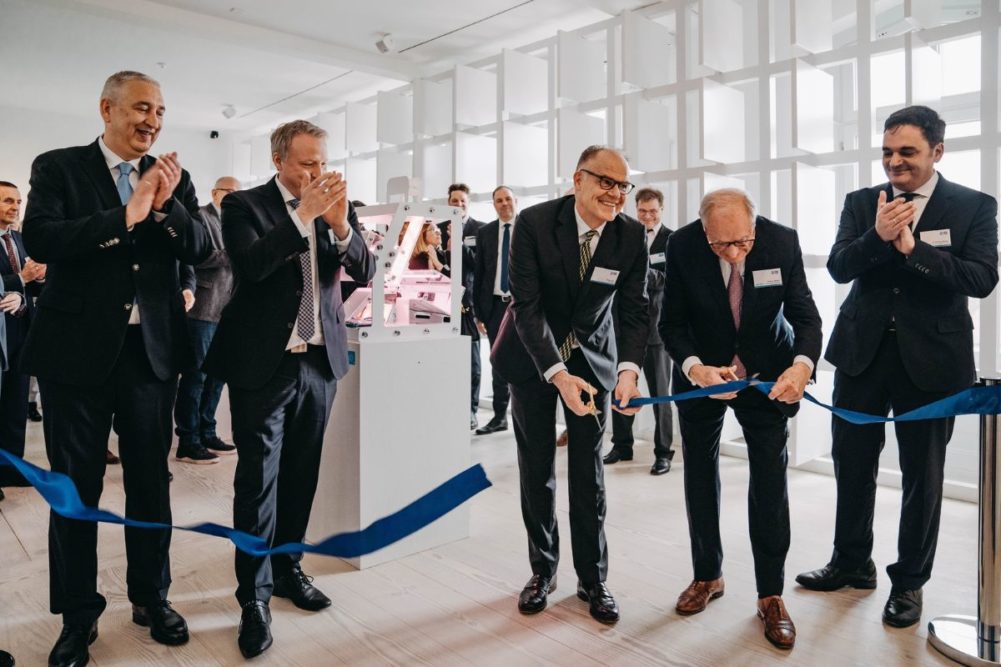WITTENBURG, GERMANY — The FlourWorld Museum in Wittenburg, Germany, has opened a new room dedicated to the Industrial Revolution.
The Milling Room exhibit was conceived and designed by museum curator Dr. Oliver Seifert, in cooperation with Bühler Group and Mühlenchemie GmbH & Co. KG. An audiovisual installation and working models of an optical sorter, roller mill and plansifter show interested visitors the individual steps in the industrial production of flour, the worldwide staple food.
The “Flour. Power. Life” exhibit concept at the FlourWorld Museum revolves around the importance of flour as a staple food in the history of humanity. This history reaches from the first cultivation of grain 10,000 years ago during the Neolithic Revolution, when humans became sedentary, until today. The new Milling Room addresses the other major revolution in human history — the Industrial Revolution of the 19th century. It changed the world even more radically than the Neolithic Revolution of 10,000 years ago. What is remarkable is that both revolutions intimately were associated with grain.
Before the Industrial Revolution there were more than 60,000 mills in Germany. Today there are only about 200, although the population has quadrupled. The story in other parts of the world is similar.
The new exhibition shows the technical achievements and devices that led to the development of the modern industrial mill. Three machine models are centerpieces and take visitors through the process of flour production. An optical sorter, roller mill and plansifter demonstrate the mechanical processes of cleaning, grinding and sifting. The models were developed and built during the last three years by 37 apprentices of the deep-rooted Swiss company Bühler in Uzwil.
They give a detailed look at the functioning of a modern mill. In addition, a schematic presentation shows all the fully automated work steps in today’s industrial milling.
“The room is designed to present the technology of modern flour milling, the power and the dimensions that make industrial manufacturing processes so revolutionary,” said Volkmar Wywiol, founder of the FlourWorld Museum. “When you visit a modern mill today, even with its steel machinery, high tech and sealed-off cleanrooms, it’s hard to comprehend the quantities that are processed every second to get a consistently high-quality product like flour.”
A multimedia grid wall with 80 moving panels that slowly turn around — almost like the blades of an old-style windmill — transforms into a mysterious machine. Crystalline objects appear, first a few, then more and more, and the machine starts to eject the objects from the grid.
Sorting, grinding, and then the dancing movements of the particles on the screens of the plansifter — the grid wall shows the processes demonstrated by the models in modified, highly reductive visual and acoustic form. The apparently irrational change of the aggregate state from crystalline to fluid stands for the transformation of indigestible grains in the mill to the pure white product we call flour. A transformation that still has something magical to it, despite all the science.
The Milling Room can be viewed during a visit to the museum in Wittenburg every other Saturday and every Sunday from 12:00 to 17:00. An audio guide explains all the displays and exhibits. The FlourWorld Museum in Wittenburg is an initiative of Mühlenchemie.






